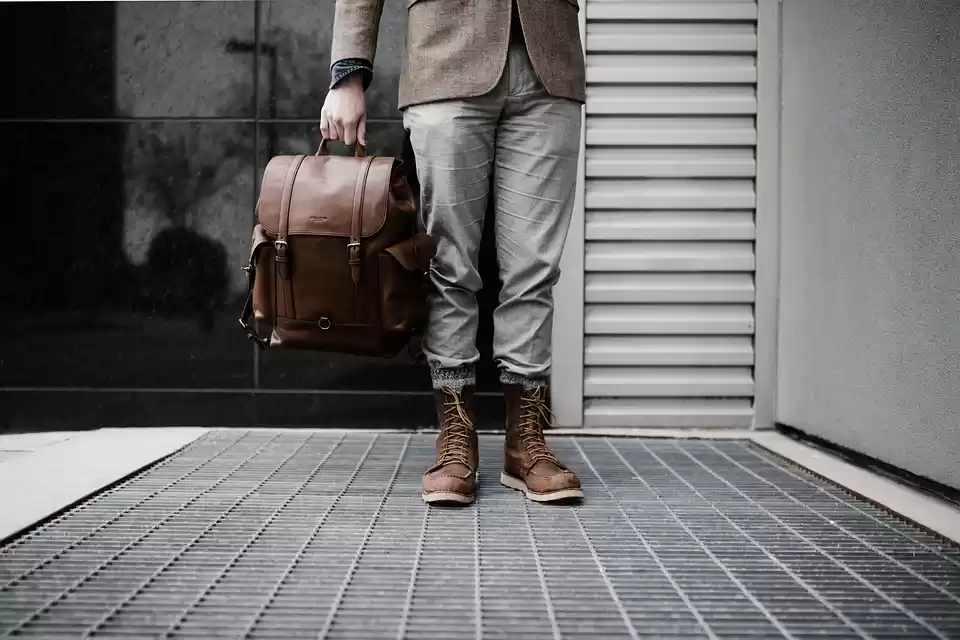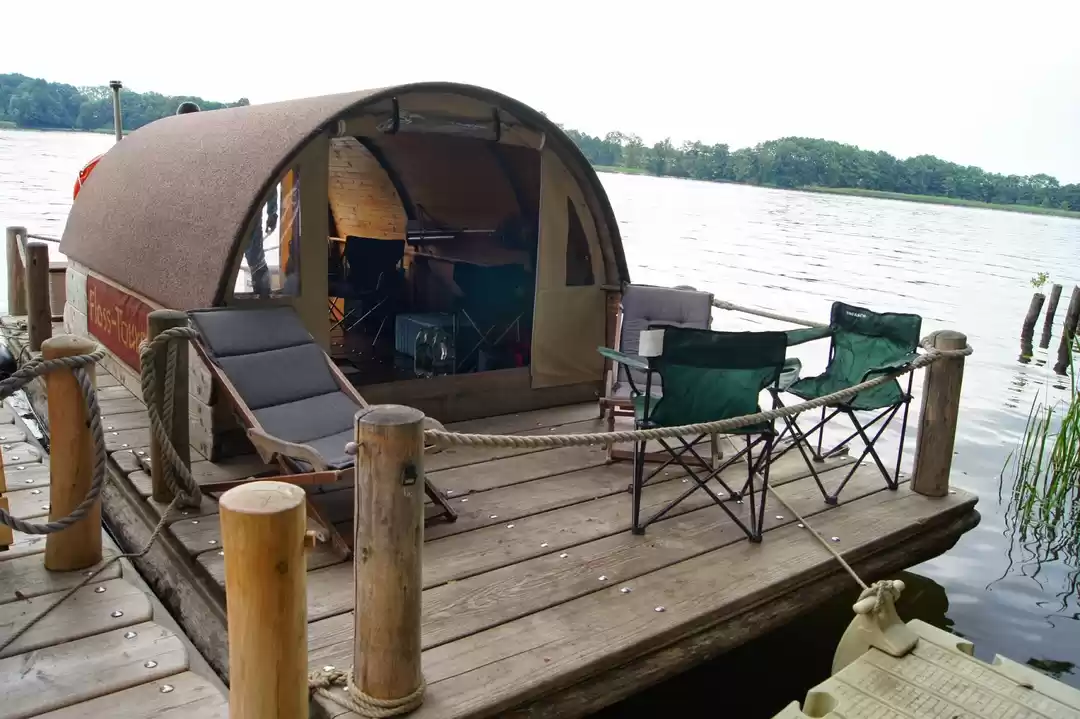I using a 60 mil I Laurie now so I want to make sure you're fixing into every one of those lugs going across the fascia hood as we move along we interlock the trays there's a mouth female connection there we've put them together as we go through again making sure the lugs sitting above the fascia board and fixing them in place because they're interlocking when we get to the end of the roof will most likely need to make a cut and create a small piece of the tray to fill in the end of the roof to sit against the far barge board where again it will sit flush against the edge of the roof [Music] now we're happy that our eaves is well ventilated we can get our an install our underlay system so what we're using here is what we call spear tech 402s it's one of the Redlands top of the range underlays it's a four part vapor permeable system means it's very strong it can be used anywhere in the UK the reason we're concerned about that is under BS five five three four the standard for roofing we now have what we call a zonal fix for air underlays so as a badge on the product which tells us.
where aaron delay can be used in the UK you can't use every underlay everywhere you need to check the badge and make sure the materials appropriate spear tech can be used anywhere in the UK with any tile at any pitch what we're trying to prevent is what we call underlay ballooning is where the wind load gets onto the underlay it pulls it up and really hits the back of the tiles and causes the roof to fail over time especially on the horizontal laps where they can burst open and cause quite considerable damage to the roof in one go and for that we've got a integrated sticky strip so at the top and bottom of this roll you can see all the horizontal laps and prevent the underlay from moving and again causing our roof to fail to make our lives easier we've placed a baton along the length of the roof and all these she's going to do is allow us to roll our underlay across the roof space let it dropping in between the rafters so we'll place the underlay flush with the right-hand side of the roof again flush with that barge board on the right roll it out we create the fixing point we've used just a standard 15 mil felt tack pop that in our top right-hand corner on our right hand rafter and then rolled the underlay out across the roof to fix it again on the left hand rafter on that side of the roof as we're installing it we get to the left hand side we want to pull it tight then release to allow some slack back into the system you need to have a nominal 10 mil drape between your offices this is to allow liquid to flow beneath the rafters and down the roof without that what you create is something akin to a snare drum and that will stop the water against.
http://bestcncmachining.hatenablog.com/entry/2018/03/31/052109
the battens the buttons will then get moist and rot and even worse the winter you can get frost damage on the roof so always ensure you've got that nominal 10 mil drape to allow liquid to flow beneath the buttons when they're installed later on because we're using a ventilated ridge system we need an open Ridge need some airflow to come from Aires and through our ridge system so what we do now is we cut the underlay back we cut it back by 30 mil and that 30 mils taken from the manufacturers fitting instructions for the ridge system so it will change from manufacturer to manufacturer so we cut the underlay back 30 mil from the apex of the roof insuring the bottom edge of the underlay is lined up tape to tape with the piece beneath the pre-installed piece because we've already sorted out our laps an hour and drape on our underlay the next piece will follow that natural drape across the roof so you've got your 10 mil drape already in place we could have piece to size again tack it into place top right top left we've then got the tape to deal with no do not pull the tape at all in one go you'll make a mess of the roof it would just stick wherever you pull it out so go to the verge of the roof pull out the corners of the tape pull it straight.
and then pull the two piece together and smooth them out like so as you move across the roof don't worry if you get kinks in the underlay you're installing this over and open draft there so the material may kink a little bit that actually doesn't matter what we're not looking for here is air tightness we're looking for a strong fix and as you'll see once those two pieces are stuck together they won't come apart you're literally have to destroy the material to get those into 80 strips taken apart so what we should end up where these the air pieces of underlay sealed together on the roof with a 30 mil gap close to the apex of the roof allowing air air to flow up into a ridge system [Music] so today we'll be fitting our landmark double Roman tile see the terra cotta brindle runs the color and the landmark refers to the slurry paint on top it's an interlocking tile say a lock together on the roof and then around 10 to a square meter 9.7 tiles per square meter which is why we wrote them as a metric or a large format concrete tile it's important to know what's how you're using because that will dictate how it's used on the roof so you look at bat engage which is the distance the tile sit apart on the roof and we're going to use a red land pocket guide to find our measurements for the landmark double Roman the method we use to work out the batten gauge works for almost every tile in this book the numbers change from tile to tile the information can also be found on our website and you can get this book from any local roofing merchants the first thing we need to do is find our first fixed point on the roof that's where the top of our first batten will sit on the roof so way we do that is we look into our books and find the hanging length of our tile the hanging length isn't the full length of the tile it's the distance from the bottom of the nib to the bottom of the tile we take our hanging lamp which in this case is 3 9 7 and we take off 50 mil the reason we're doing that is because our first tile will overhang the roof by 50 mil to allow any off flow of liquid into the gutter so we've got a hanging length then a 3 97 - 50 mil giving us our first fixed point on the roof of 3 4 7 and that's where the top of our first batten will sit every tile has got a minimum a maximum gage for a double Roman that's 3 4 3 a maximum and 2 9 3 at minimum so the distance those tiles can be apart from the top of one button to the top of the next if you take a tile above or below the Mount the minimum and maximum gage for the tile that tile will fail it will expose the nail holes and it will a wind-driven rain getting to the roof and cause it's hard to fail and the whole roof system so our next point is to work out our top fix point our bottom is 347 our top is 45 mil down from the apex of the roof again this measurements taken from the ridge system so you need to look at the manufacturers guidance and in the Redland instructions for the ridge system we're going to install you'll find the top of the last batten needs to see it at 45 mil day and from the apex .
Takis, Tak, Takläggning Stockholm




































